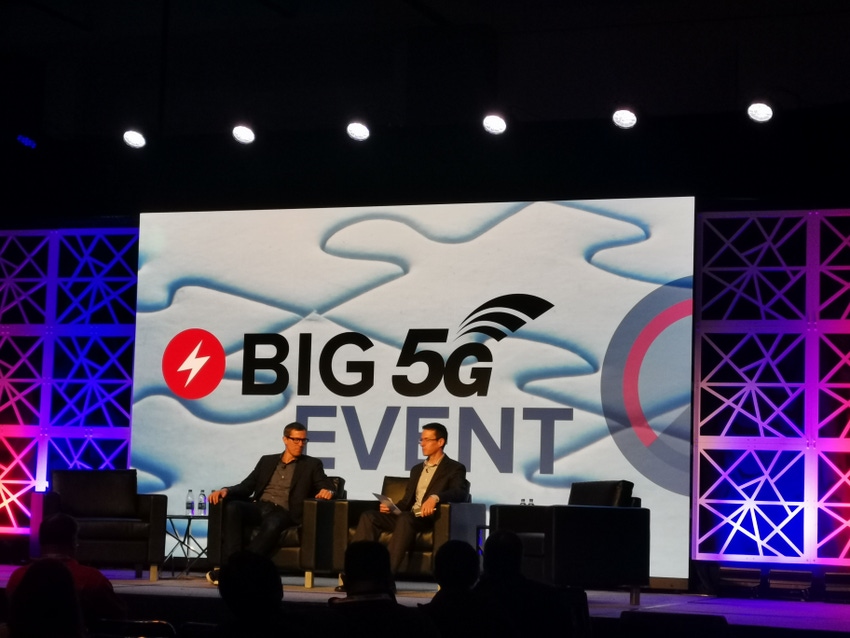Fixed Wireless Access (FWA) attracts a huge range of opinions, but at Light Reading’s Big 5G Event, Starry put forward an interesting case.
May 9, 2019

Fixed Wireless Access (FWA) attracts a huge range of opinions, but at Light Reading’s Big 5G Event, Starry put forward an interesting case.
Starry Internet is a fixed wireless broadband Internet service provider, founded in January 2016, operating across a small number of US cities. What makes Starry different from many of the other cable providers is an exclusive focus on FWA.
As a technology, FWA has certainly split opinion. Some see it as a 5G usecase which could justify the vast expenditure on the future-proofed networks, while others believe it is a distraction from what should be the ultimate goal; rolling out full-fibre broadband to all premises.
While we can see there are some niche usecases for FWA, we do not believe it is a viable alternative for fibre-based broadband solutions, the Starry proposition makes a valid case which will be attractive for some broadband challengers.
“People are dying for choice,” Starry COO Alex Moulle-Berteaux said during his keynote session.
Over the first 18 months of Starry’s existence, the firm managed to set up a FWA network which covers two thirds of Boston premises. Although Moulle-Berteaux hasn’t unveiled subscription numbers, the progress has been solid enough to fuel expansion into other US cities.
What is remarkably impressive is Starry managed to deploy this significant FWA network in Boston for less than $5 million.
Moulle-Berteaux also claims the firm has experienced a 20% uptake when connecting a multi-dwelling residence in the first 60-90 days. Promising 200 Mbps, down and up, the team are targeting the cord cutters, offering internet connectivity exclusively, potentially reduce monthly out-goings.
This is why the FWA case is attractive to some. Low cost of entry, Moulle-Berteaux highlighted the use of unlicensed spectrum is helping here, the ability to deliver high speeds and speak to a generation of customers who are increasingly becoming sick of the traditional relationship with connectivity and content providers.
That said, while this is an attractive proposition, we can’t see around the idea that FWA is incredibly short-termist.
Yes, the speeds delivered now are promising and there are certainly prospects to increase further, there will be limitations. Mobile connectivity is always going to be second-best when measured against fibre-based broadband, because physics.
Fibre is the fastest and most reliable connection. It works by emitting and receiving a light signal through the cables that represents binary code. FWA can deliver speeds faster than copper-based broadband, but it’s airborne and a little more prone to external factors. FWA is an alternative, but telcos can get distracted by short-term gains leading to long-term pain. Just look at the BT decision to prioritise G.Fast over fibre. It’s a similar business decision.
However, the US is a market where there might be a valuable role for FWA propositions. As Moulle-Berteaux highlighted, customers like choice and due to the lack of competition in the broadband market, are becoming frustrated with their current providers. This frustration will explain why Starry has been successful in hoovering up subscriptions.
We’re still not convinced by the FWA promise. Fibre is a long-term solution which all providers should be striving towards and there is a risk FWA will become a distraction. However, there are cases where the value is incredibly high. In the US, where many customers are becoming frustrated with a lack of competition, we might have a validated usecase.
About the Author(s)
You May Also Like








.png?width=300&auto=webp&quality=80&disable=upscale)


_1.jpg?width=300&auto=webp&quality=80&disable=upscale)


.png?width=800&auto=webp&quality=80&disable=upscale)